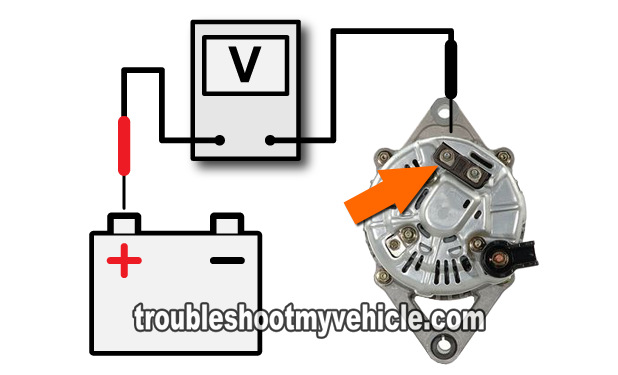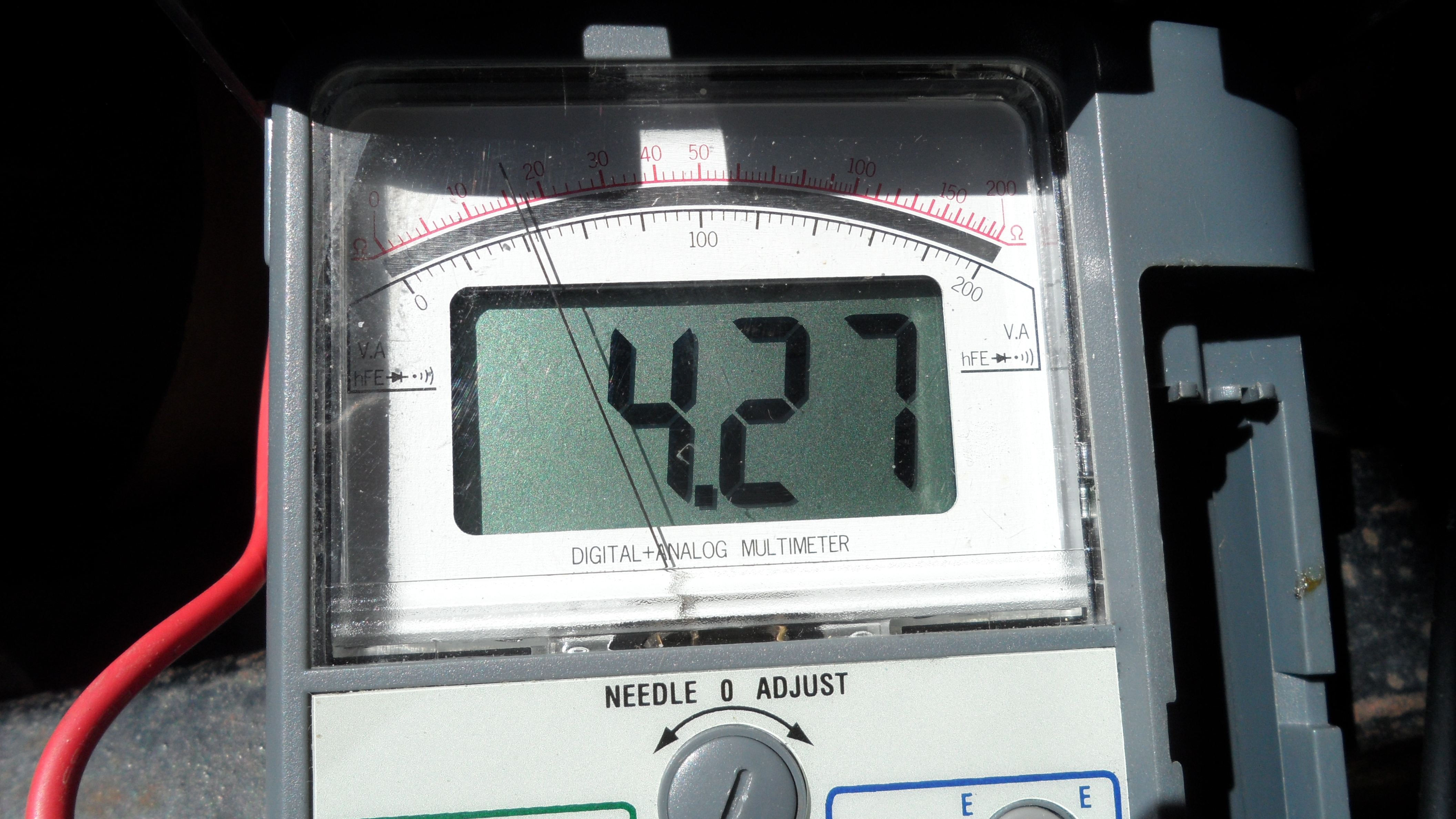
Thats thats a healthy battery. Identify the regulator connections.

The best way to test a voltage regulator is with a multimeter and what you do is you put your multimeter clamps directly on the battery terminals.
How to check alternator voltage regulator. Checking Wires Using Voltage Drop. A quick way to examine the wires and connections in the charging system is to. Voltage Regulator Bypass Test.
This video will cover the following—–How to test an alternator using multi meterHow to replace an altern. Typically if youre facing the front of the regulator the left pin should be input the right pin should be output and the middle pin is usually the ground pin. Test the alternators regulator with a full field test when the alternator has low output.
This test bypasses the regulator energizing the rotor with unregulated voltage. Identify the regulator connections. Modern regulators have three connections.
For an airhead or older bosh type external regulators see the diagram above. Very low differences in voltage between the battery and alternator should also be suspect say 128 volts at the battery. The first course of action is to check the wiring carefully that runs between the alternators main power wire and the battery.
Connect the red one to the battery pole and the black one to the -pole. Youll immediately get a reading of the battery voltage. Place the red lead of the voltmeter to the positive battery terminal and the black.
If the battery reads above 122 volts it has. If your bearings housing or spindle are not messed up then just replace the regulator and points. This has worked for me at least 6 or 7 times.
A voltage regulator costs 20 to 200 and the labor costs 50 to 200. You can expect a total replacement cost of 70 to 400 for a voltage regulator replacement. Depending on which vehicle you drive replacing the voltage regulator can mean replacing the entire alternator or just the regulator.
Place the multimeter onto 20V DC and measure the output. The battery should have at least 120-volts of power with the vehicle off. If it does not charge the battery until it measures 120-volts.
Without a properly charged battery you cannot accurately measure the voltage output of the regulator. First decided to try a new voltage regulator cheaper then new alternator this made a little diffenece the readings were now at 131v at idle when fully warmed up both on the dash and on the scan tool display. BUT still not high enough so I thought I better bite the bullet and order a new alternator.
Turn on the headlights air conditioner and radio and raise the engine rpm to 2000. Read the display on the voltmeter. If the voltage is below 135 volts a diode trio is bad.
If voltage is over 15 volts go to Step 05. 02 Connect the voltmeter between the alternators output BAT terminal and Ground. If voltage is 136146 volts the.
The best way to test a voltage regulator is with a multimeter and what you do is you put your multimeter clamps directly on the battery terminals. Positive read to positive and black to negative. And you said it to voltage and with the car off you should have a little over 12 volts.
Thats thats a healthy battery. It is actually a voltage regulating circuit located within the Powertrain Control Module PCM. The EVR is not serviced separately If replacement is necessary the PCM must be replacedcheck the wiring fron the alternator for a bad fusible linkalso check the wire from the alt to the pcm browngrey wirehere are some diagram for that system.
Once youve disconnected the negative battery cable place your multimeter in Ohms mode and place the red multimeter test lead on the center of the battery positive terminal. Now with the black multimeter test lead. Touch the center of the alternator stud to which the battery cable is attached to.
Get a cheap voltmeter. With the engine off battery voltage should be between 125 and 128 volts. If its below that charge the battery with a battery charger before you conduct the test again.
Then start the engine and check for increased voltage readings.